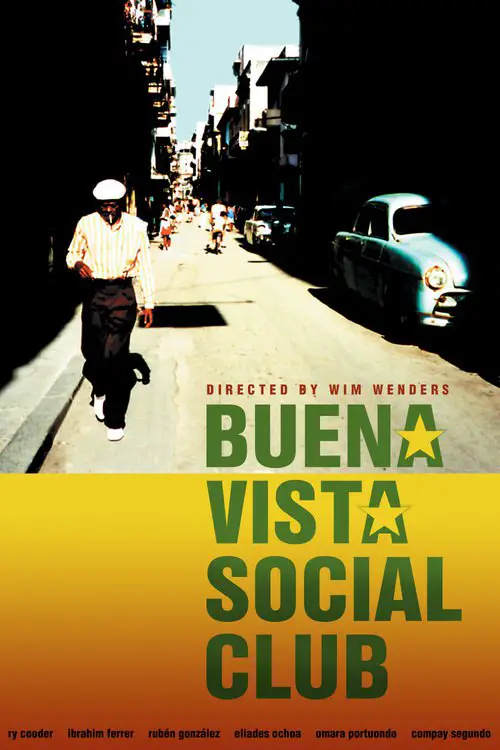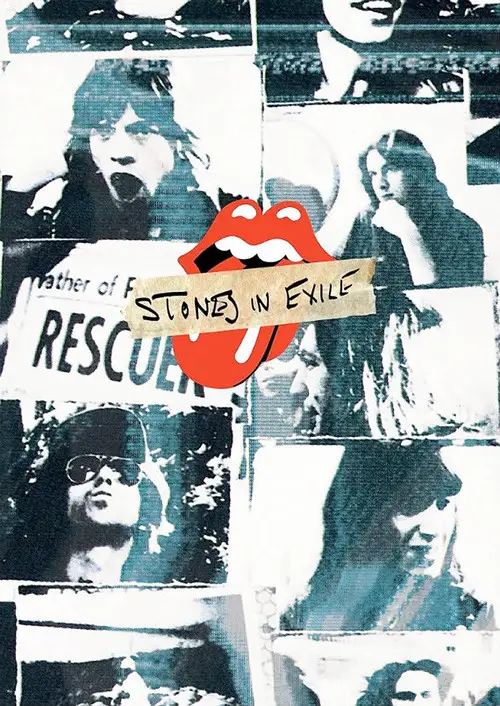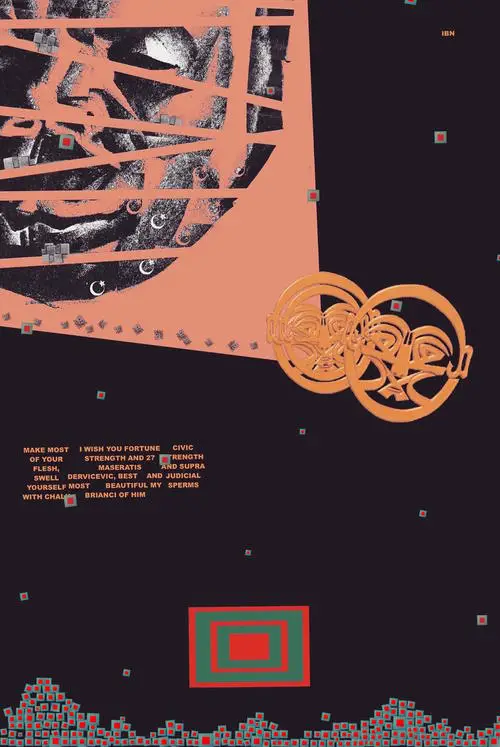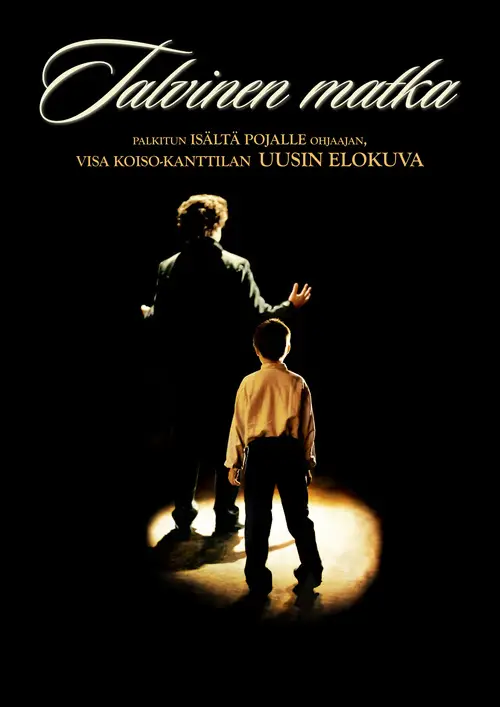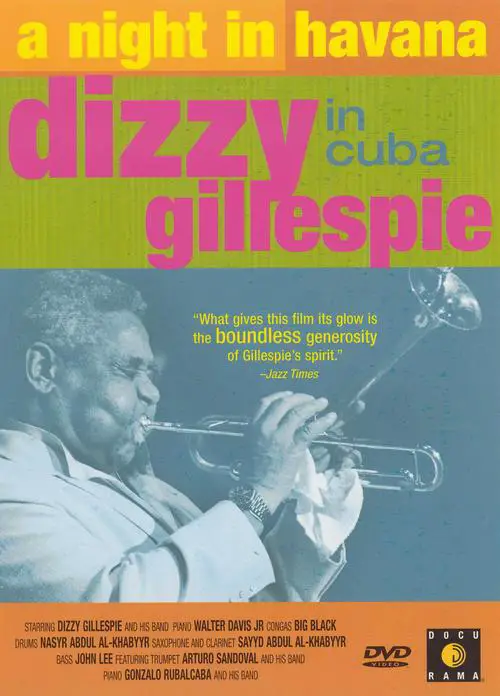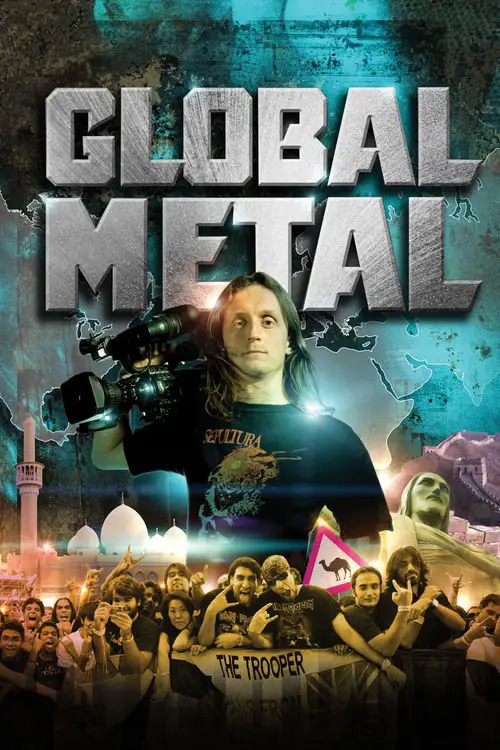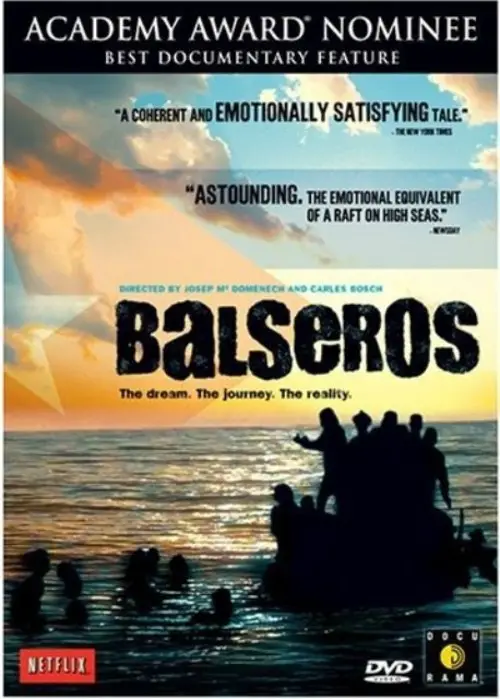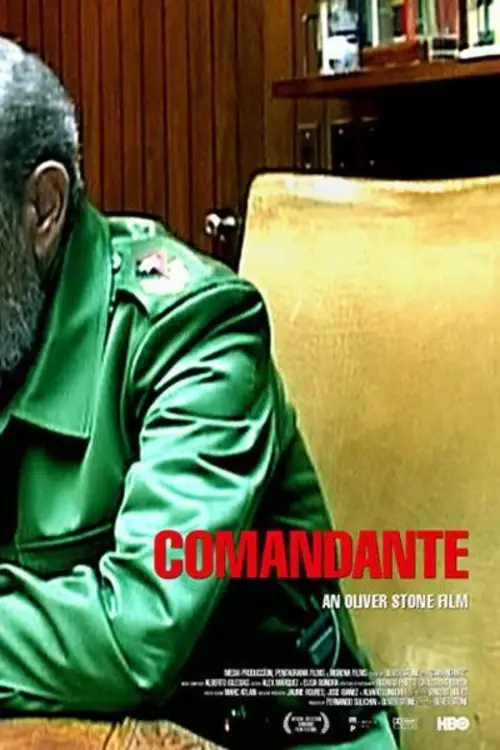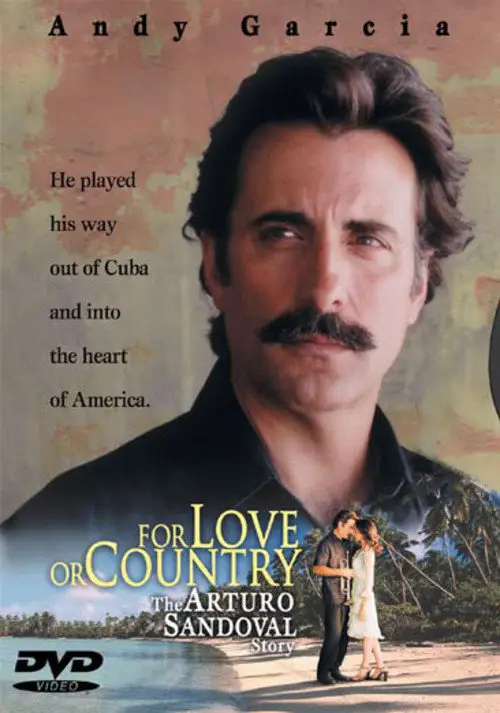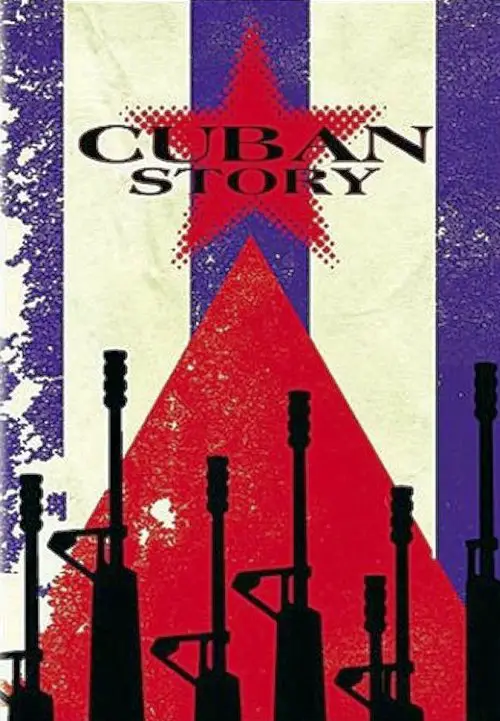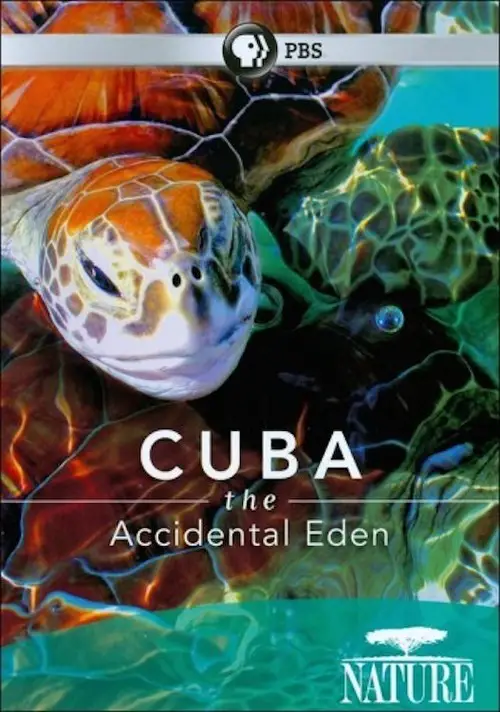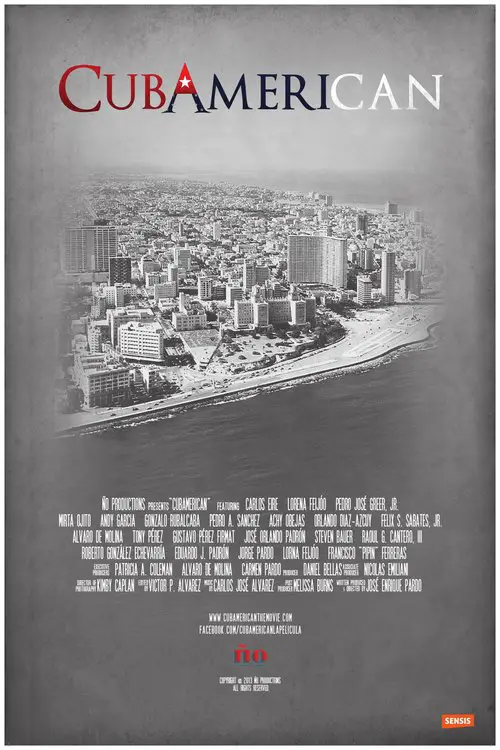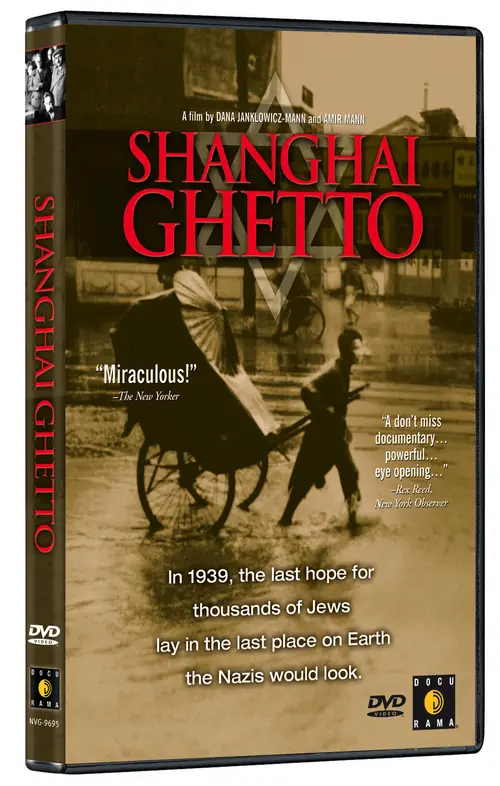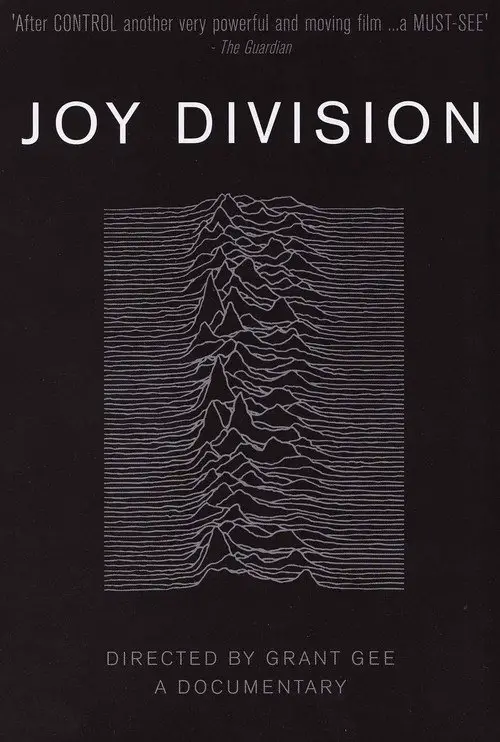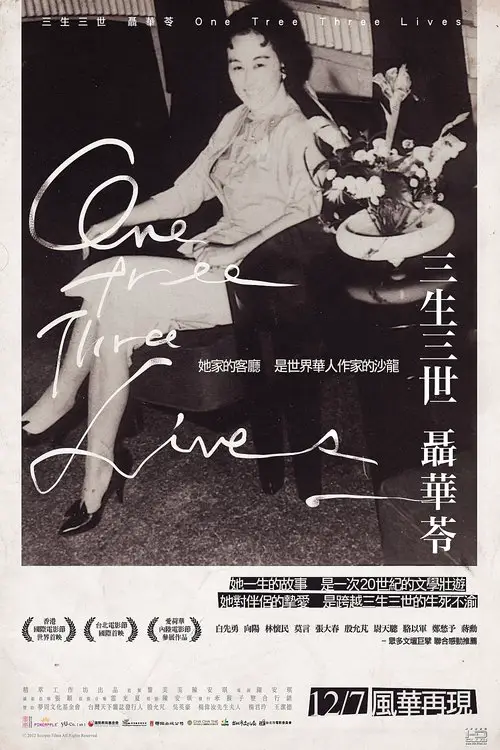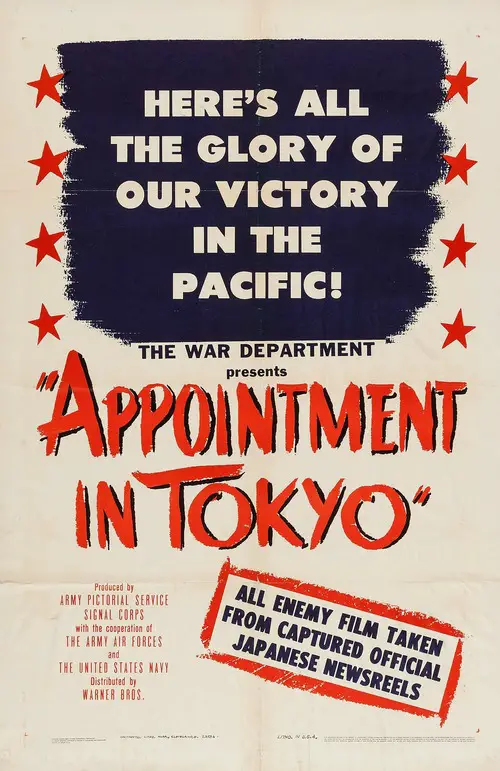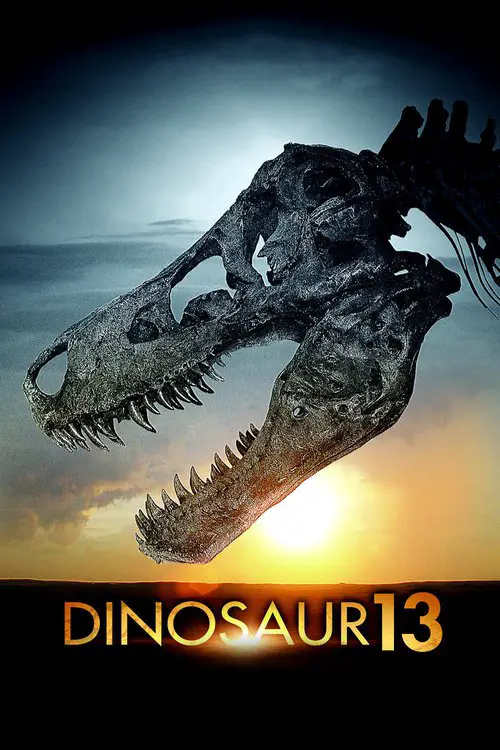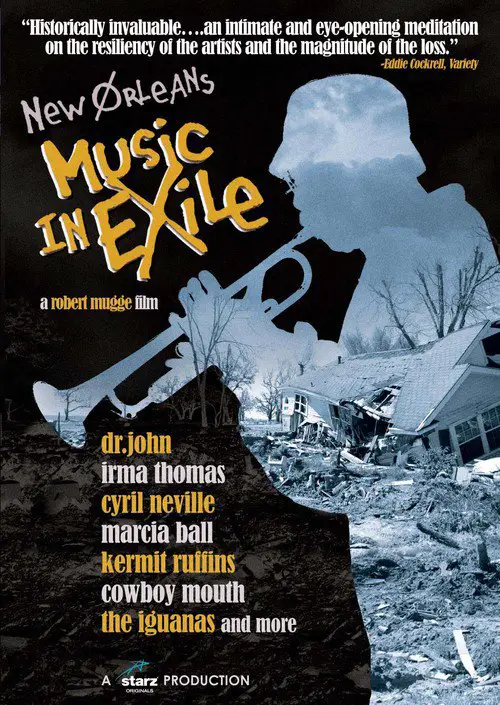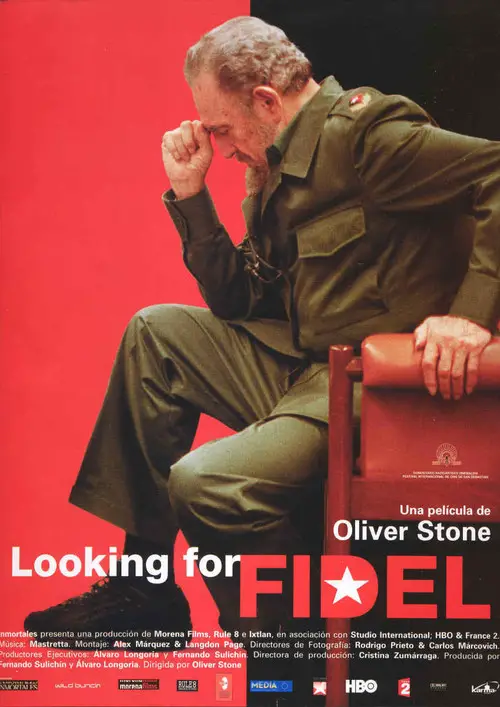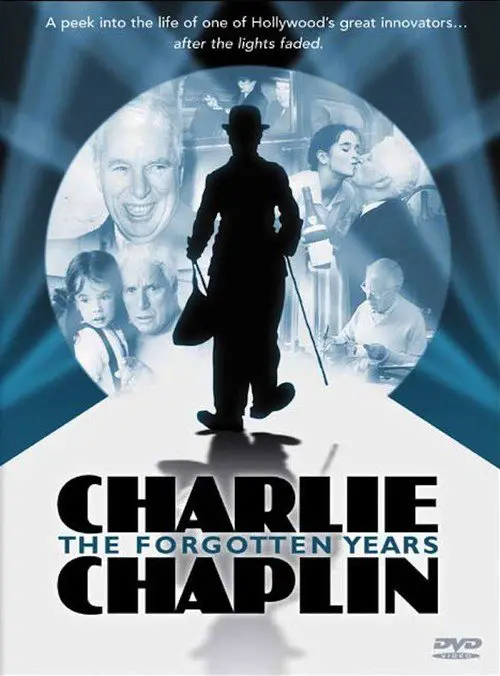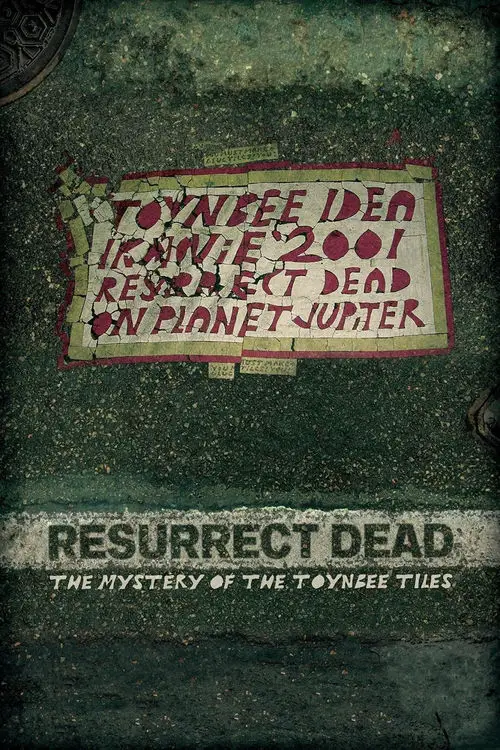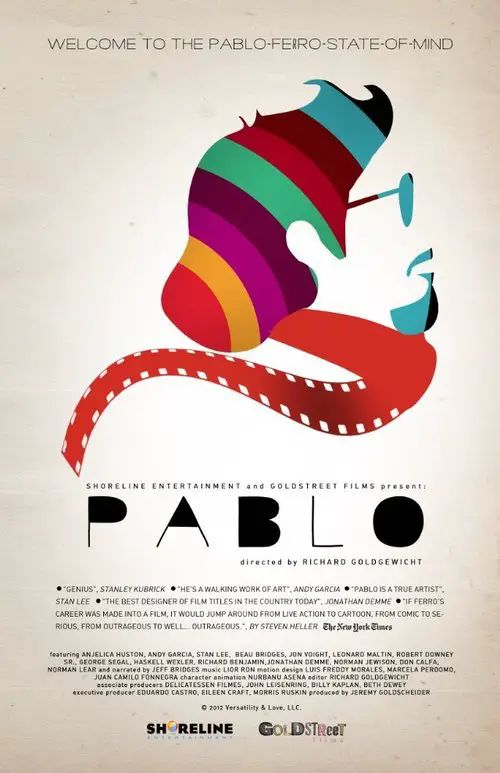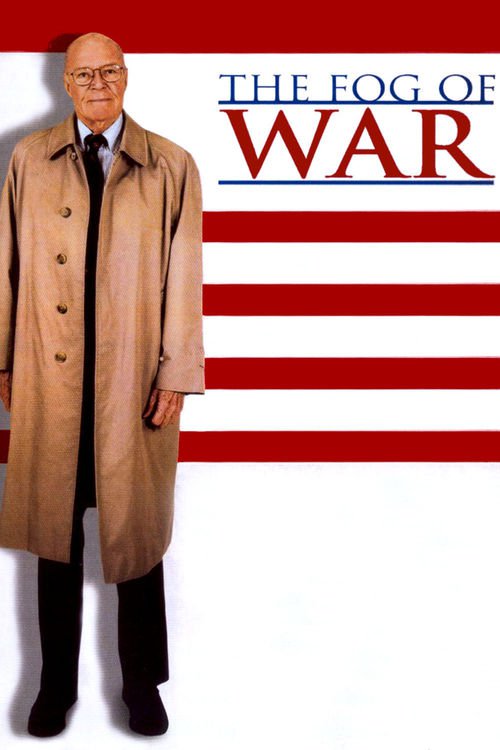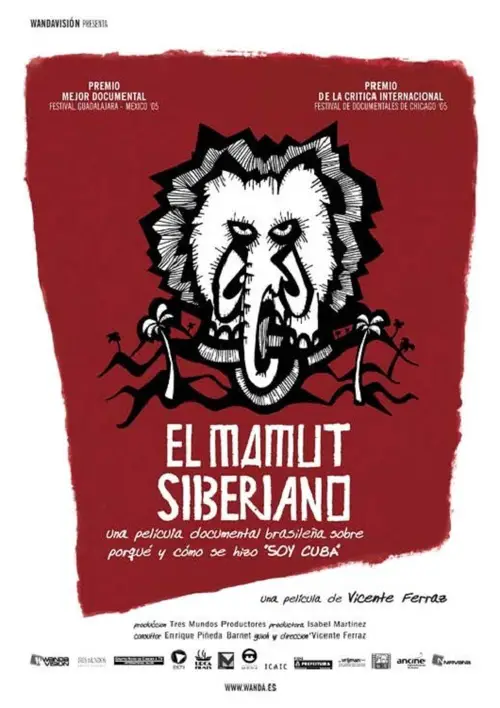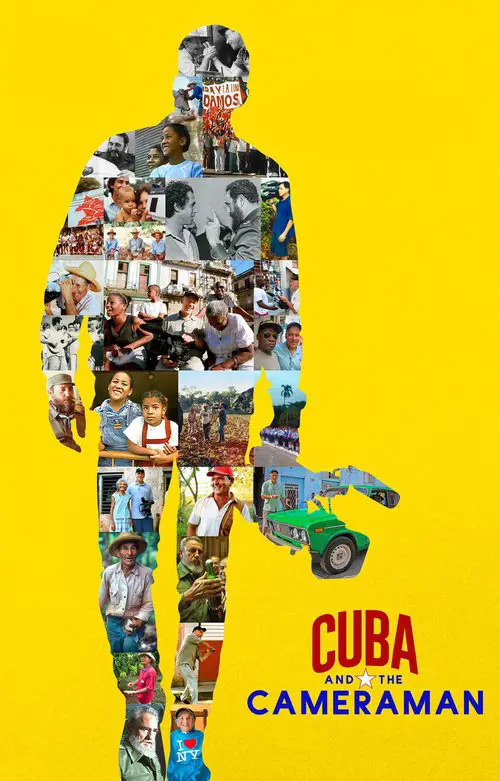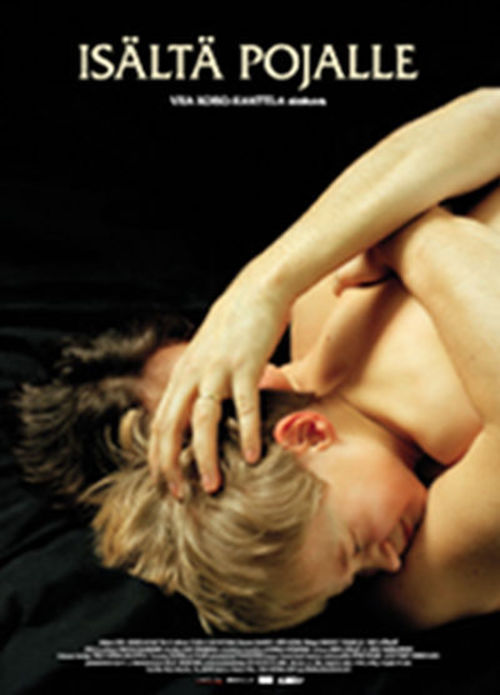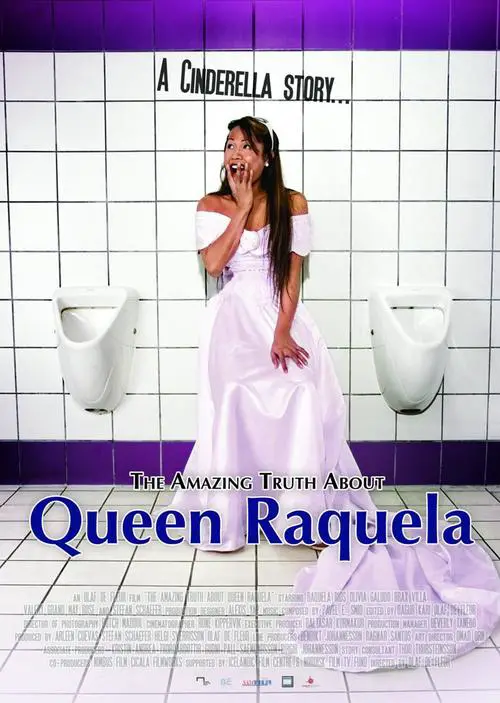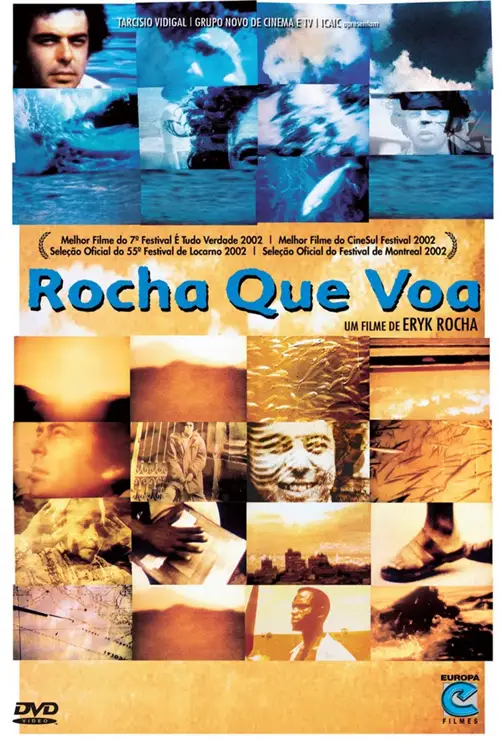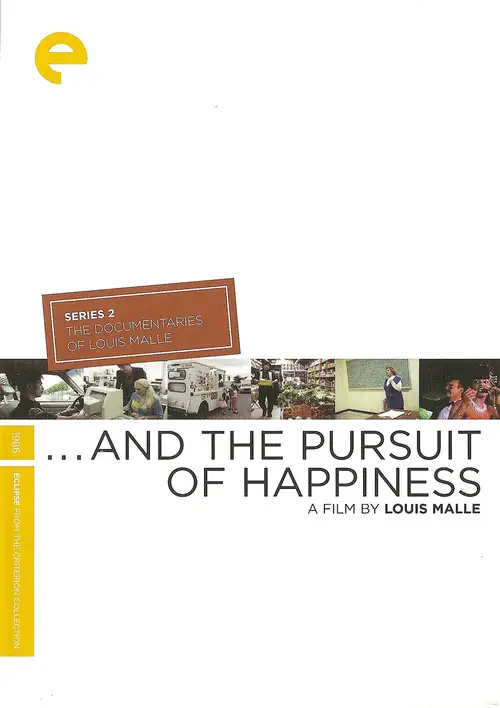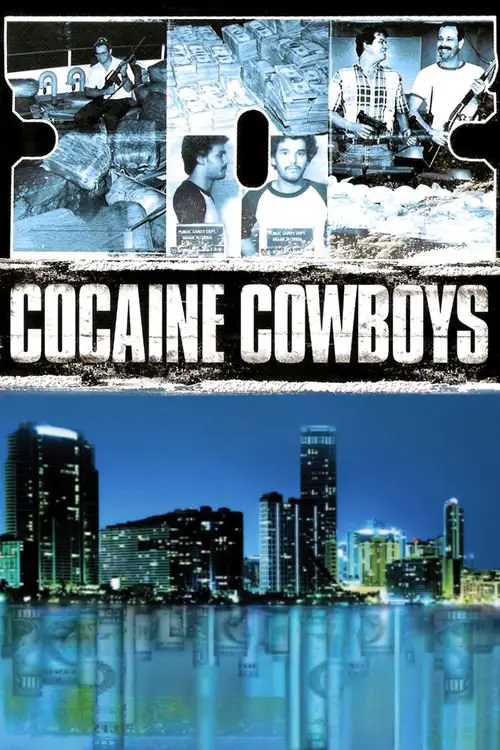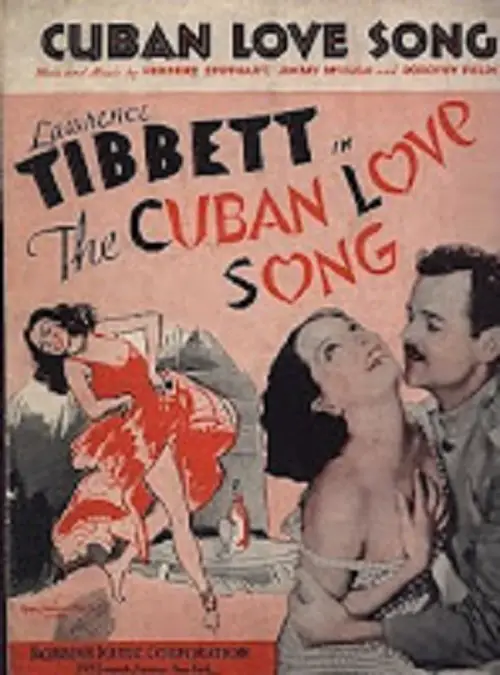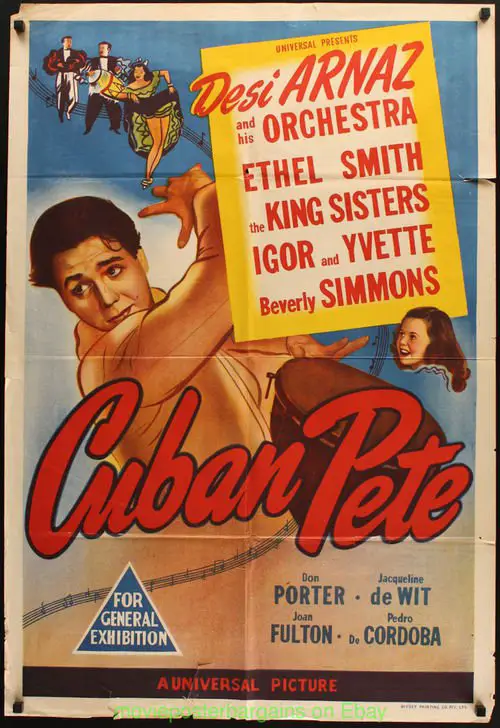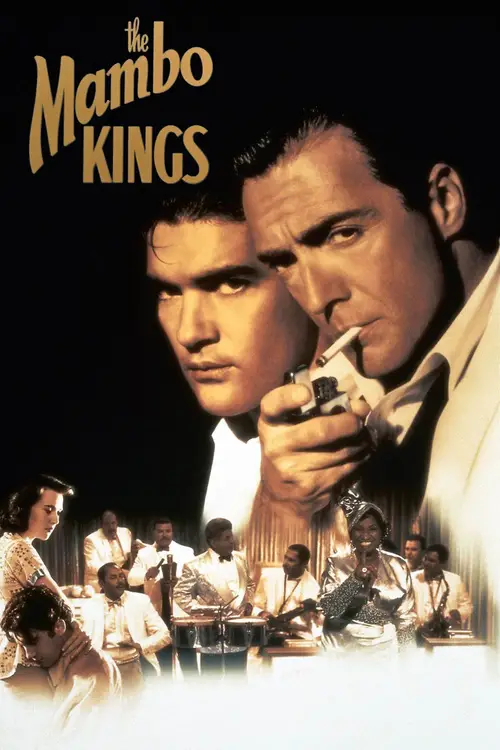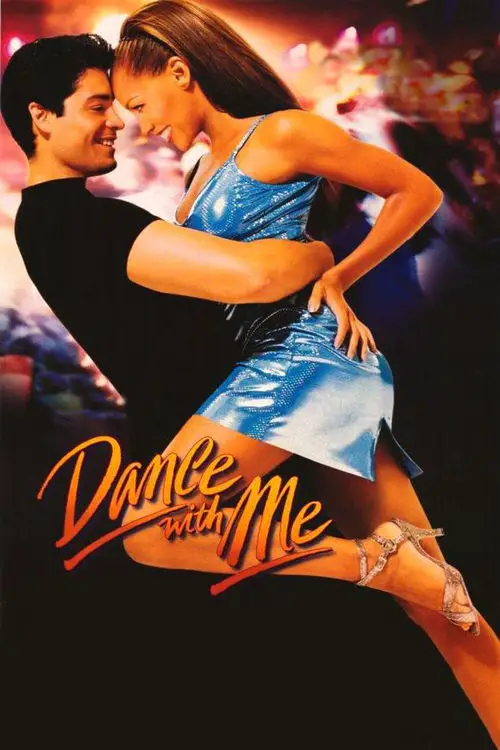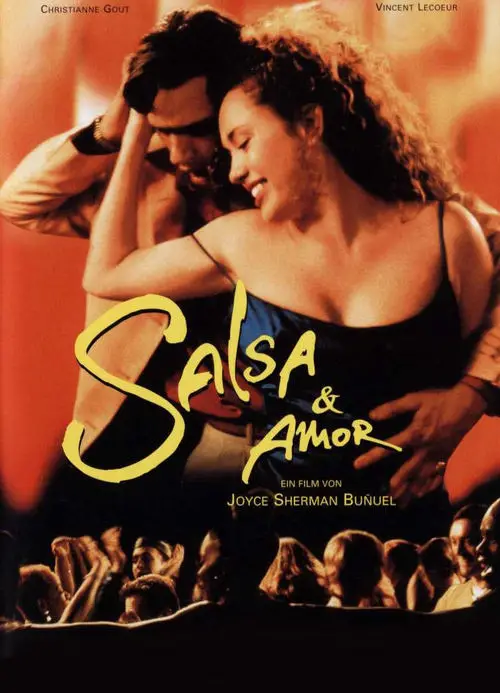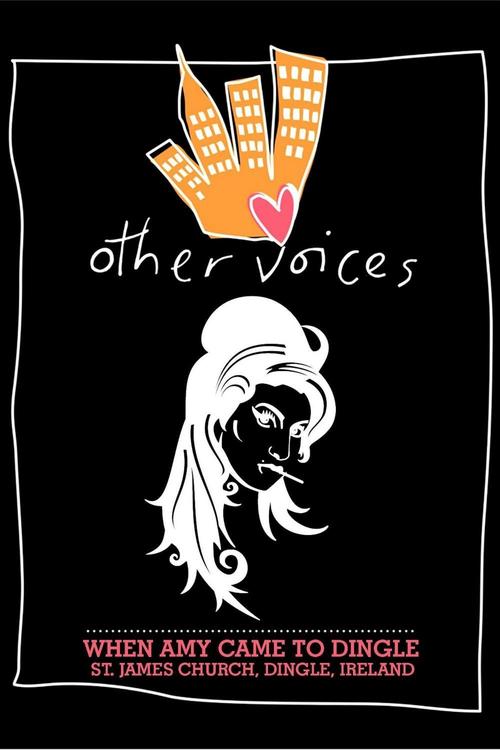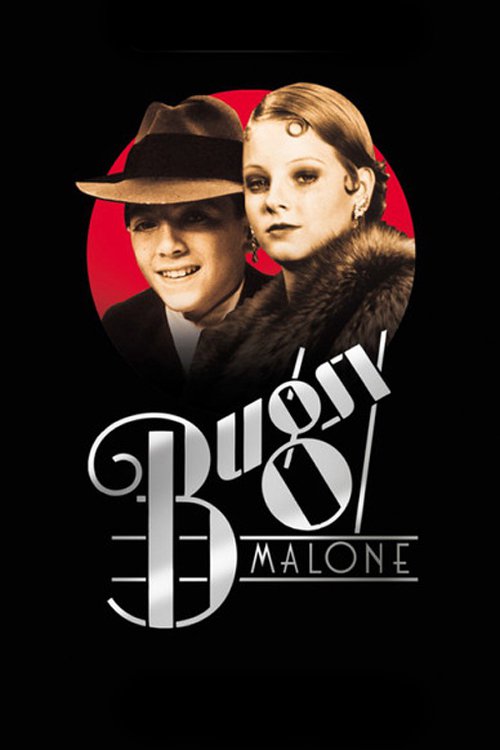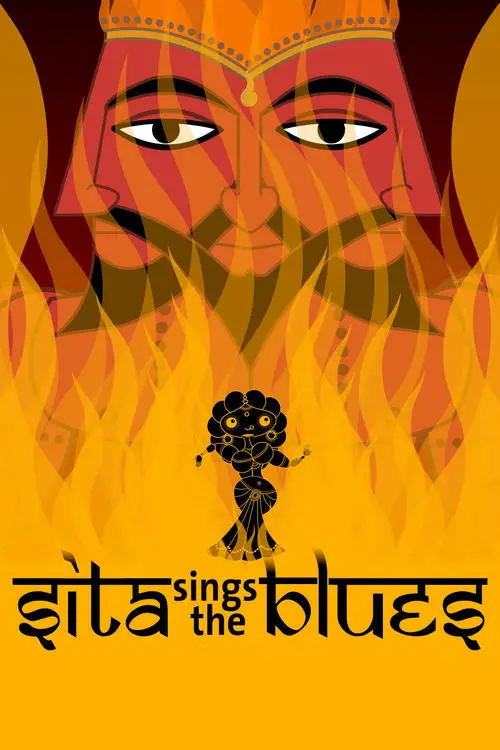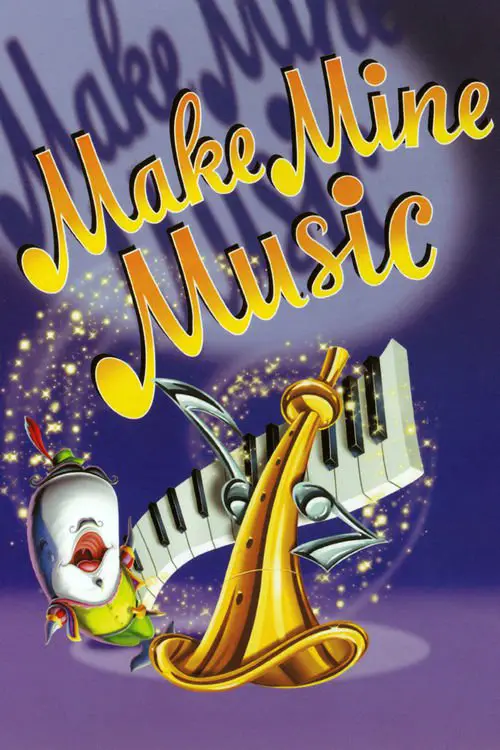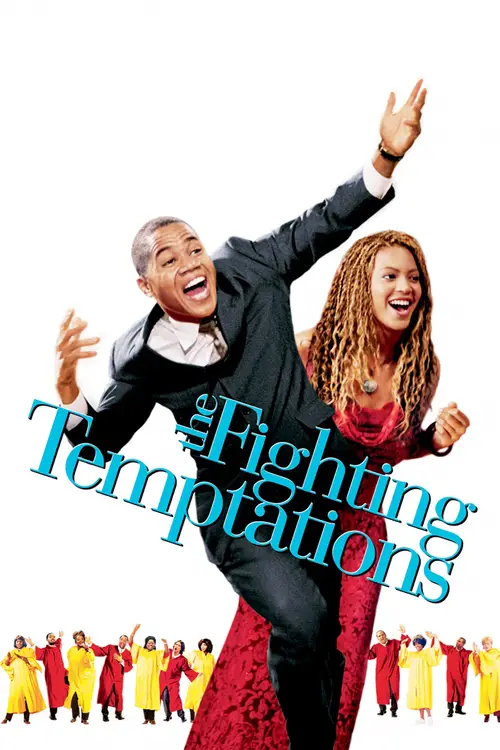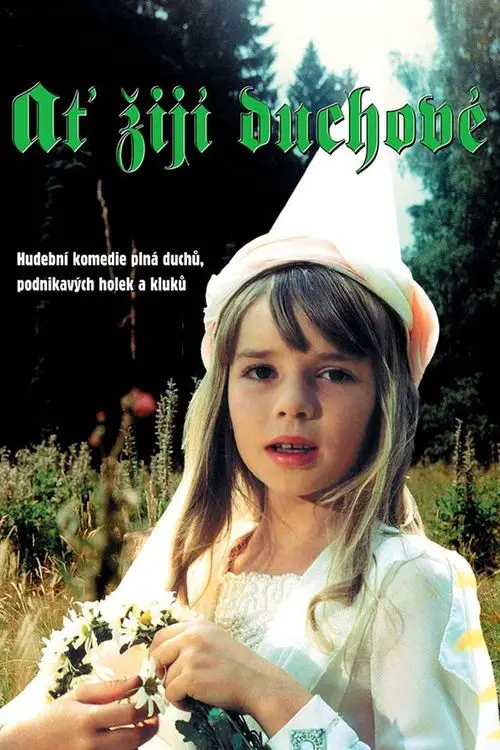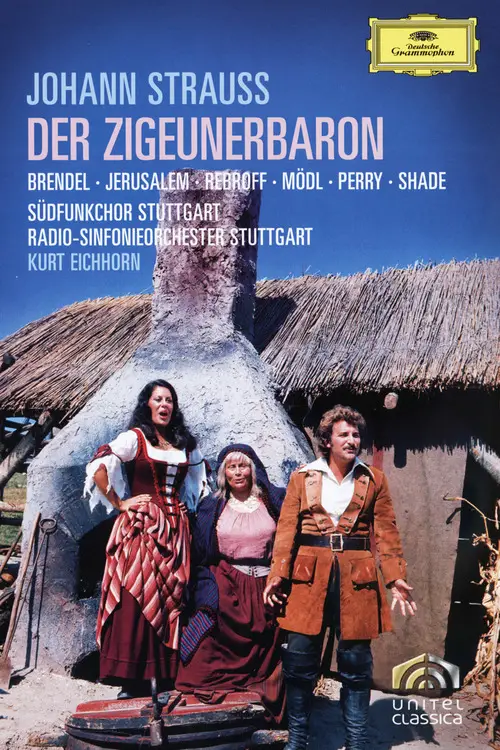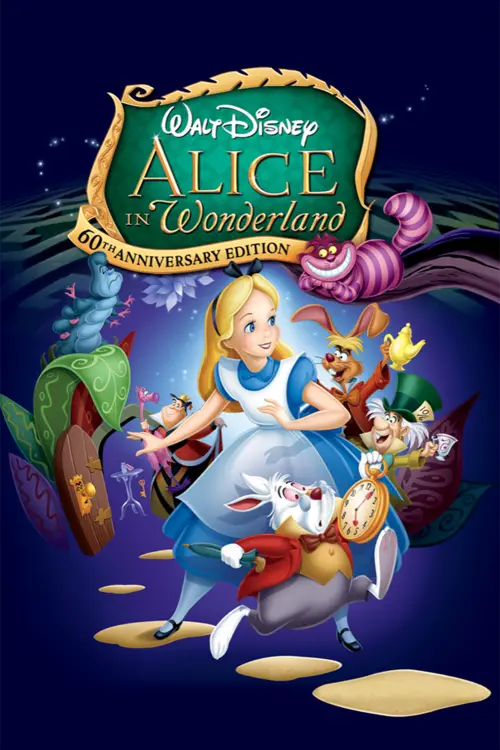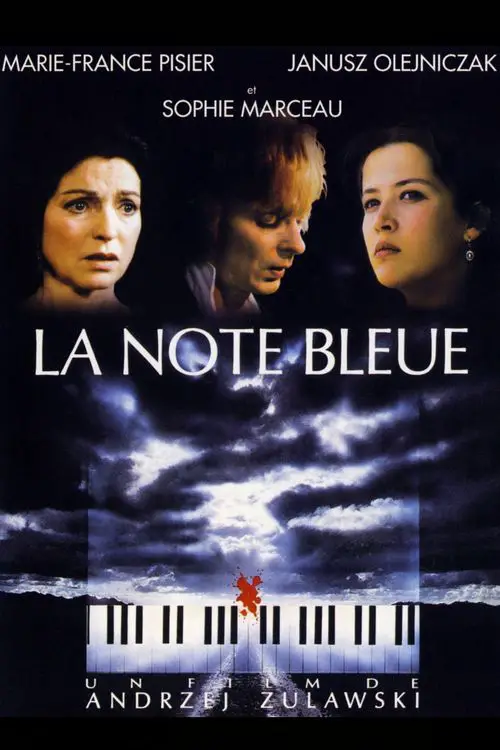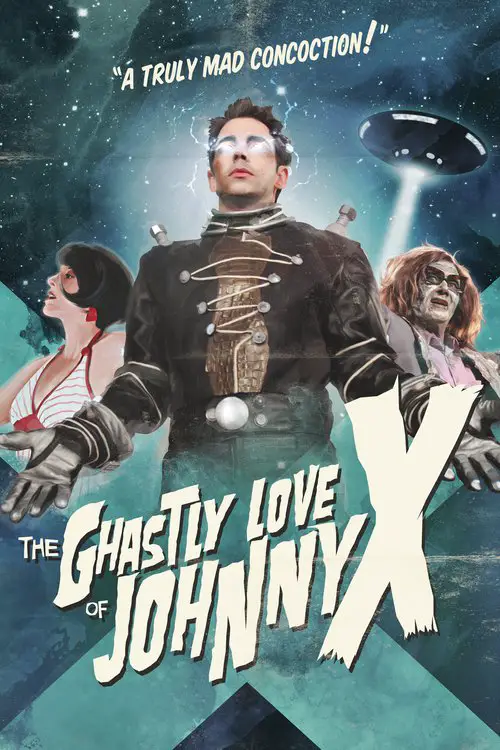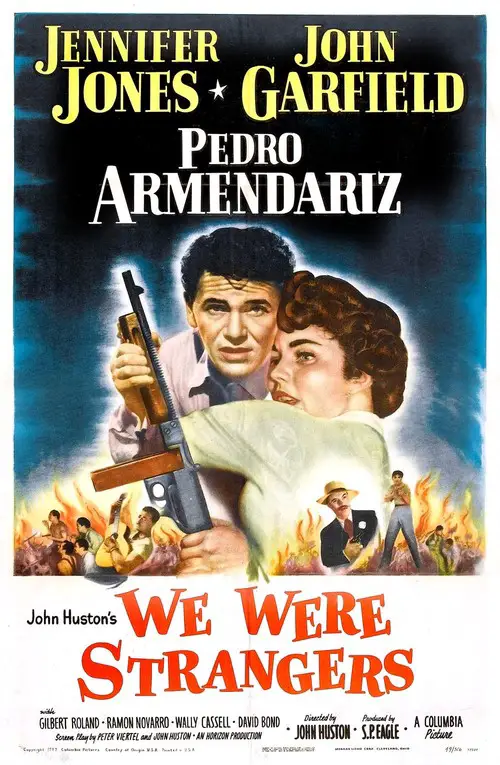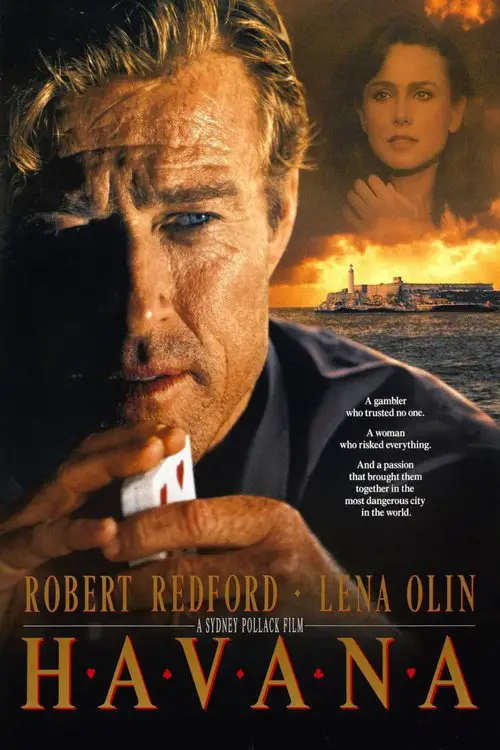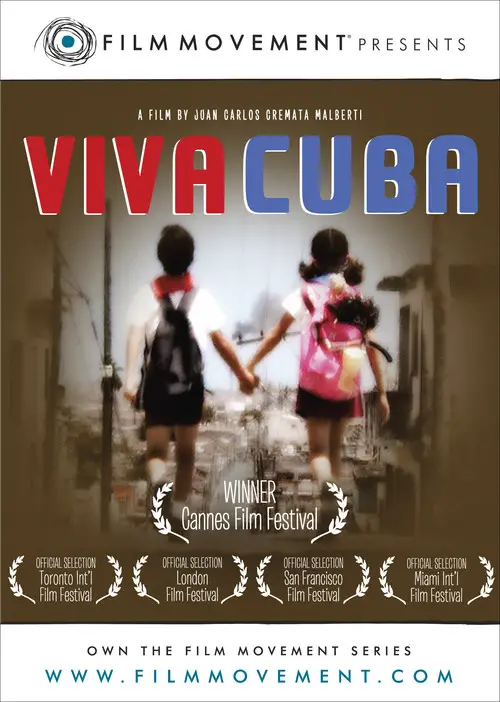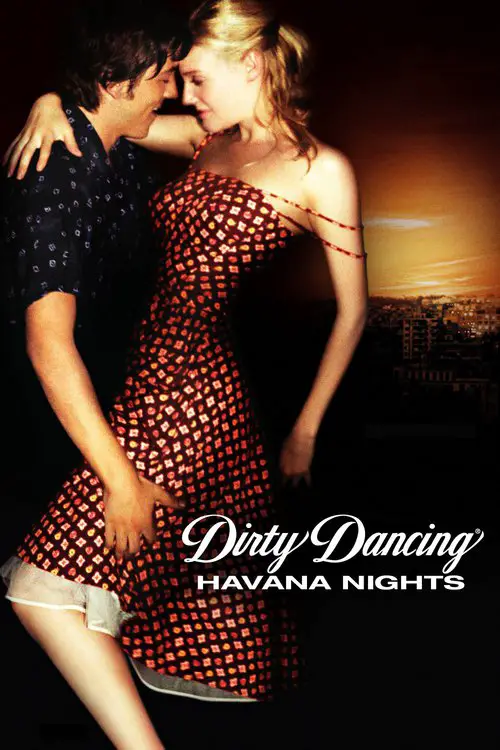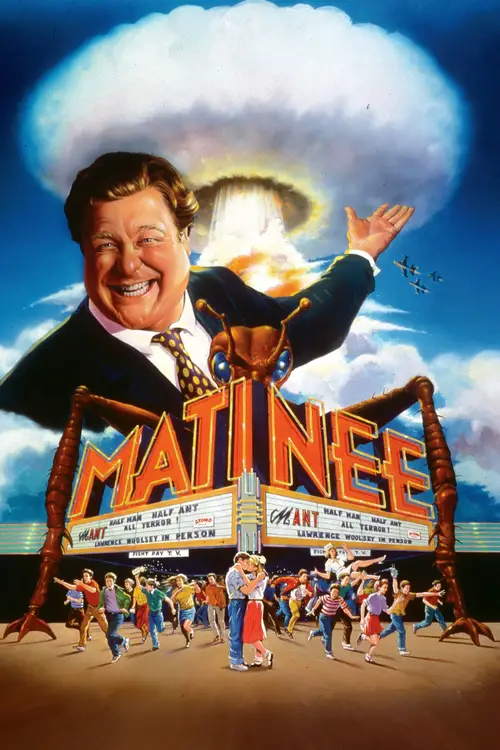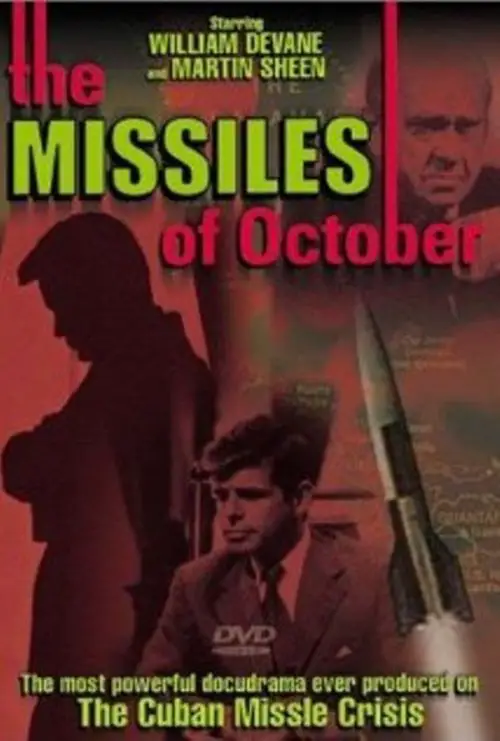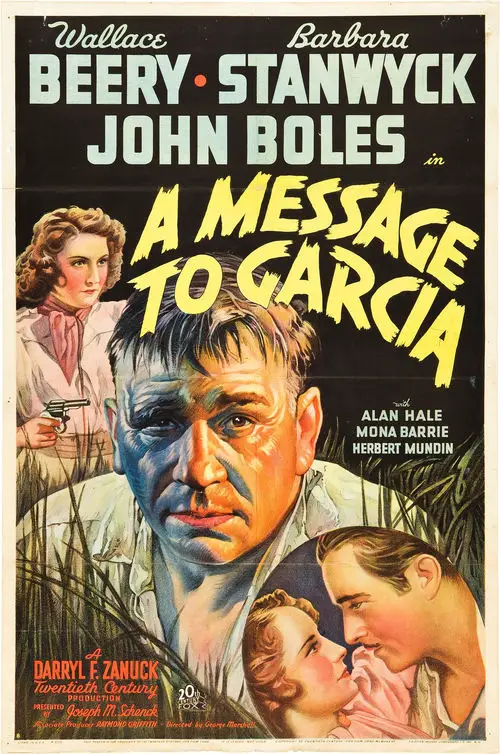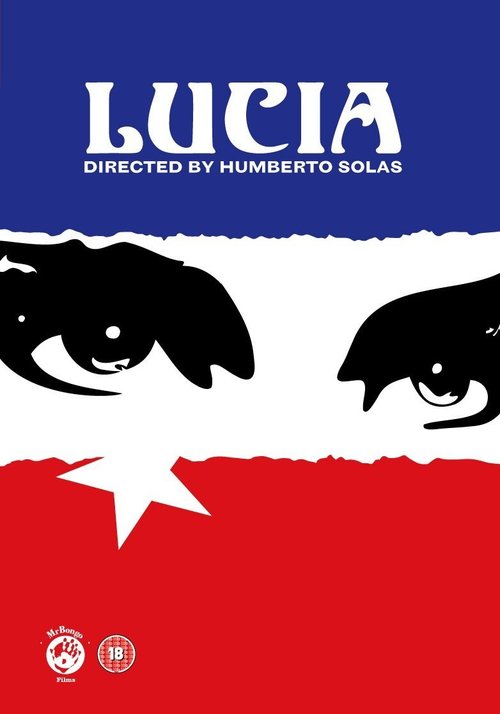Lejos de la isla (2007)
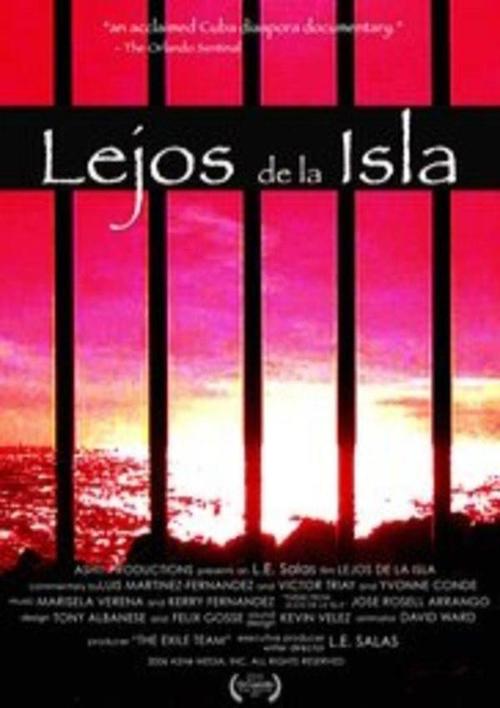
Similar movies
In this fascinating Oscar-nominated documentary, American guitarist Ry Cooder brings together a group of legendary Cuban folk musicians (some in their 90s) to record a Grammy-winning CD in their native city of Havana. The result is a spectacular compilation of concert footage from the group's gigs in Amsterdam and New York City's famed Carnegie Hall, with director Wim Wenders capturing not only the music -- but also the musicians' life stories.
In 1971, to get breathing room from tax and management problems, the Stones go to France. Jimmy Miller parks a recording truck next to Keith Richards and Anita Pallenberg's Blue Coast villa, and by June the band is in the basement a few days at a time. Upstairs, heroin, bourbon, and visitors are everywhere. The Stones, other musicians and crew, Pallenberg, and photographer Dominique Tarle, plus old clips and photos and contemporary footage, provide commentary on the album's haphazard construction. By September, the villa is empty; Richards and Jagger complete production in LA. "Exile on Main Street" is released to mediocre reviews that soon give way to lionization.
RIZOGKALOS, ââââââ ââ ââââââ ââ ââââââ ââ ââââââ ââ ââââââ ââ ââââââ ââa reduction of its own diagonal break, in ââââââ ââbecoming a fluid vantage. The temporalized fold, stained until ââââââ ââ ââââââ ââ ââââââ ââ ââââââ ââ ââââââ ââ ââââââ ââ ââââââ ââ a cold effigy to prolapse the ââââââ ââ ââââââ ââ ââââââ ââ ââââââ ââ ââââââ ââ ââââââ ââ ââââââ ââ ââââââ ââ ââââââ ââ ââââââ ââ ââââââ ââ ââââââ ââ ââââââ ââ ââââââ ââ ââââââ ââ visage forwards- mostly as a ââââââ ââ ââââââ ââ ââââââ ââ ââââââ ââ ââââââ ââ ââââââ ââ starved ââââââ ââ drift anticipating its ââââââ ââ ââââââ ââ ââââââ ââââââ ââ ââââââ ââ ââââââ ââ ââââââ ââ ââââââ ââ ââââââ ââ ââ ââââââ ââ ââââââ ââ spiraling ingression.
In GLOBAL METAL, directors Scot McFadyen and Sam Dunn set out to discover how the West's most maligned musical genre - heavy metal - has impacted the world's cultures beyond Europe and North America. The film follows metal fan and anthropologist Sam Dunn on a whirlwind journey through Asia, South America and the Middle East as he explores the underbelly of the world's emerging extreme music scenes; from Indonesian death metal to Chinese black metal to Iranian thrash metal. GLOBAL METAL reveals a worldwide community of metalheads who aren't just absorbing metal from the West - they're transforming it - creating a new form of cultural expression in societies dominated by conflict, corruption and mass-consumerism.
In the early 1970s, Cuban trumpeter Arturo Sandoval (Andy Garcia) is torn between his own musical dreams and the dreams of his wife, Marianela (MÃa Maestro), a fervent supporter of the ideals of the Castro revolution. Also starring Charles S. Dutton as Dizzy Gillespie and José Zúñiga as Paquito D'Rivera, this gripping jazz biopic is at once a detailed portrait of a musician and a stinging critique
Cuba's political and economic exile has yielded a startling upside: A pristine island preserve boasting one of the most diverse and primordial ecosystems in the region. But how will nature fare if the U.S. trade embargo ends and tourists pour in? This episode of the PBS series observes jumping crocodiles, painted snails and other famed residents while profiling the unsung scientists who are studying and protecting the creatures' idyllic habitats.
CUBAMERICAN is the story of how the Cuban Revolution shattered the Cuban family. Spanning the past 60 years of Cuban history, the film explores tragedy, loss, freedom, assimilation, struggle and success through the stories of Cuban exiles who have achieved success in the U.S.A. in the diverse fields of art, science, medicine, design, music, dance, literature, academia and sports. The film culminates with rumination on the future of Cuba, leaving a mosaic of a bittersweet exile experience. Thematically, Cubamerican is a pro-immigrant story that highlights the absolute need for all of the world's people to be able to freely exercise their fundamental human rights.
SHANGHAI GHETTO recalls the strange-but-true story of thousands of European Jews who were shut out of country after country while trying to escape Nazi persecution in the late 1930s. Left without options or entrance visas, a beacon of hope materialized for them on the other side of the world, and in the unlikeliest of places, Japanese-controlled Shanghai. Fleeing for their lives, these Jewish refugees journeyed to form a settlement in the exotic city, penniless and unprepared for their new life in the Far East. At the turn of the new millennium, filmmakers Dana Janklowicz-Mann and Amire Mann boldly snuck into China with two survivors and a digital camera to shoot at the site of the original Shanghai Ghetto, unchanged since WWII.
One Tree Three Lives, an intimate film on the novelist Hualing Nieh Engle, who has been a major influence on generations of writers in the Chinese Diaspora, and beyond. The director has known the author and her family since the Seventies. The film reveals a woman of unusual charisma, integrity and determination, and a person in continual exile. She is the author of 24 books. She also co-founded the International Writing Program in Iowa, USA, with her now deceased husband, the poet Paul Engle. One Tree Three Lives is also their love story.
Produced by the Army Pictorial Service, Signal Corps, with the cooperation of the Army Air Forces and the United States Navy, and released by Warner Bros. for the War Activities Committee shortly after the surrender of Japan. Follow General Douglas MacArthur and his men from their exile from the Philippines in early 1942, through the signing of the instrument of surrender on the USS Missouri on September 1, 1945
While silent-film star Charlie Chaplin may have charmed American audiences with the onscreen antics of his lovable "Tramp" character, the actor's private life was marred by a series of public scandals that eventually pushed him into exile. In addition to his penchant for much younger women, Chaplin was unjustly hounded by Senator Joe McCarthy's notorious anti-Communist witch hunts, for which the U.S. revoked his visa in 1952. A bitter and disenchanted Chaplin responded by moving his family to Switzerland, where he remained until his death in 1977. This documentary chronicles Chaplin's life and career during those so-called "forgotten years" (during which he became a prolific and highly respected film-score composer) through previously unreleased archival footage and intimate interviews with his friends and family, including his children Geraldine, Michael, and Eugene.
Using archival footage, United States Cabinet conversation recordings, and an interview of the eighty-five-year-old Robert McNamara, 'The Fog of War' depicts his life, from working as a WWII Whiz Kid military officer, to being the Ford Motor Company's president, to managing the American Vietnam War, as defense secretary for presidents Kennedy and Johnson.
Contemporary film critics regard the epic film I Am Cuba as a modern masterpiece. The 1964 Cuban/Soviet coproduction marked a watershed moment of cultural collaboration between two nations. Yet the film never found a mass audience, languishing for decades until its reintroduction as a "classic" in the 1990s. Vicente Ferraz explores the strange history of this cinematic tour de force, and the deeper meaning for those who participated in its creation.
The film examines the painful relationship between fathers and sons through the eyes of one family. Four generations of men are featured in the film. Father to Son deals with the conflict between generations and their subjective memories, and the way different methods of raising children pass from one generation to the next. How often and to what extent do we repeat the behavioural patterns of our fathers; can we change or break these patterns or is repeating them inescapable, and how many generations are needed for change to occur? Are the values we have inherited from our fathers still valid in the modern world? One of the leading themes of this film is the sensitivity of a man and a boy, and its preservation and suppression.
In 1986, Louis Malle, himself a transplant to the United States, set out to investigate the ever-widening range of immigrant experience in America. Interviewing a variety of newcomers (from teachers to astronauts to doctors) in middle- and working-class communities from coast to coast, Malle paints a generous, humane portrait of their individual struggles in an increasingly polyglot nation.
In the 1980s, ruthless Colombian cocaine barons invaded Miami with a brand of violence unseen in this country since Prohibition-era Chicago - and it put the city on the map. "Cocaine Cowboys" is the true story of how Miami became the drug, murder and cash capital of the United States, told by the people who made it all happen.
Unable to complete the deal by telephone, advertising executive Roberts sends his assistant Ann to Cuba to lure a Cuban band, led by Desi Arnaz, on to an American radio program. Attracted to Ann, Arnaz and his band come to New York but complications arise when the squeaky-voiced, addle-brained sponsor of the program decides she wants to be the vocalist on the program.
Young Cuban Rafael just buried his mother, and comes to Houston to meet his father John for the first time. The difficult part is that John doesn't know he is Rafael's father. John runs a dance studio, and everyone prepares for the World Open Dance championship in Las Vegas. It soon becomes clear Rafael is a very good dancer, and Ruby is the biggest hope for the studio at the championship.
In December 2006 a 22 year old Amy Winehouse traveled to Dingle to record a performance and interview for seminal Irish music TV series Other Voices. This is the story of that day. When Amy Came to Dingle is a gentle and fascinating portrait of one of musics most extraordinary talents, who passed away in July of this year. The programe steps back to a time and a place when vitality, promise and potential were Amys calling cards, before her personal troubles overtook her enormous musical achievements and tabloid headlines defined her life. Just before 9pm on December 3rd, 2006, Amy Winehouse took to the stage at St. James Church and in an emotional and personal performance she claimed the hearts of the tiny audience that packed the church to its rafters.
A pint-sized cast illuminates this musical that is unlike any other ever made. Set in 1929 New York City, Bugsy Malone captures a flashy world of would-be hoodlums, showgirls, and dreamers - all played by child actors! As Tallulah, the sassy girlfriend of the owner of Fat Sam's Grand Slam Speakeasy, future superstar Jodie Foster dances and sings her way into our hearts.
The movie is about Sita, the Hindu Goddess from the epic "The Ramayana", who accompanies Lord Rama on a 14 year exile in forest. Sita is abducted by Ravana, the ruler of Lanka. This movie tells the story of Rama and Sita, along-with a biographical account of the director's relationship with her husband. It intersperses events from the Ramayana, light-hearted but knowledgeable discussion of historical background by a trio of Indian shadow puppets, musical interludes voiced with archival tracks by Annette Hanshaw and scenes from the artist's own life. The ancient mythological and modern biographical plot are parallel tales, sharing numerous themes.
In the tradition of Fantasia, Make Mine Music is a glorious collection of nine musically charged animated shorts featuring such fun-filled favorites as "Peter And The Wolf", narrated by the beloved voice behind Winnie The Pooh. In addition, you'll enjoy such classic cartoon hits as "Casey At The Bat," "The Whale Who Wanted To Sing At The Met" and "Johnnie Fedora And Alice Bluebonnet."
In the Temesvar Province, a landowner returned from exile marries a gypsy girl who is revealed to be the daughter of a Turkish Pasha and the rightful owner of a hidden treasure. Next to "Die Fledermaus", DER ZIGEUNERBARON is Johann Straussâs most popular operetta. The libretto gave Strauss the chance to revel in such contrasting musical forms as the Csárdás and the Viennese waltz. The style of the lied forms and ensembles is so original and finely balanced that the "Gypsy Baron" can truly be called a comic opera. Among the leading names of the stellar cast in this exuberant 1975 film of the operetta are Wolfgang Brendel, Ivan Rebroff, Janet Perry, Ellen Shade, Martha Mödl and, in the role that launched his career, Siegfried Jerusalem as Sándor Barinkay.
On a golden afternoon, young Alice follows a White Rabbit, who disappears down a nearby rabbit hole. Quickly following him, she tumbles into the burrow - and enters the merry, topsy-turvy world of Wonderland! Memorable songs and whimsical escapades highlight Alice's journey, which culminates in a madcap encounter with the Queen of Hearts - and her army of playing cards!
If youâre a fan of Ken Russellâs particular brand of stylistically dizzy biographies covering the lives of old-school classical composers, then youâre going to love The Blue Note, Zulawskiâs outré ode to Frédéric Chopin (played here by concert pianist/first-time actor Janusz Olejniczak.) Simultaneously achieveing wistful and surrealistic tones, the film covers the last few days of fragile Chopinâs professional life, as well as the (ahem!) overzealous behavior from the phalanx of Chopinâs celebrity admirers. Set at a lush countryside estate, The Blue Note expertly drifts back and forth from tender âlove triangleâ mode to hyper-imaginary dream-like sequences, all aided by a near-constant beautiful stream of Chopinâs piano music on the soundtrack. As well, the film is one of Zulawskiâs most personal projects, as Chopinâs Polish exile in France within the confines of the narrative mirrors Zulawskiâs own similar post-â70s exile.
A truly mad concoction, blending 1950s juvenile delinquents, sci-fi melodrama, song-and-dance, and a touch of horror, everything in just the right combination to create an engaging big screen spectacle! This curious and curiously entertaining story involves one Jonathan Xavier and his devoted misfit gang who, incidentally, have been exiled to Earth from the far reaches of outer space. Johnny's former girlfriend Bliss has left him and stolen his Resurrection Suit, a cosmic, mind-bending uniform that gives the owner power over others. Along the way, there will be several highly stylized musical numbers, lots of genuinely humorous dialogue, and a wacky plot-twist or two, all beautifully captured on the very last of Kodak's black-and-white Plus-X film stock.
A Reno singer witnesses a mob murder and the cops stash her in a nunnery to protect her from the hitmen. The mother superior does not trust her, and takes steps to limit her influence on the other nuns. Eventually the singer rescues the failing choir and begins helping with community projects, which gets her an interview on TV.
After getting a green card in exchange for assassinating a Cuban government official, Tony Montana stakes a claim on the drug trade in Miami. Viciously murdering anyone who stands in his way, Tony eventually becomes the biggest drug lord in the state, controlling nearly all the cocaine that comes through Miami. But increased pressure from the police, wars with Colombian drug cartels and his own drug-fueled paranoia serve to fuel the flames of his eventual downfall.
China Valdes joins the Cuban underground after her brother is killed by the chief of the secret police, Ariete. She meets and falls in love with American expatriate Tony Fenner. Tony develops a plan to tunnel under the city's cemetery to a plot owned by a high official, assassinate him, and blow up the whole Cuban hierarchy at the ensuing state funeral. Together with a band of dedicated revolutionaries, they begin digging.
An American professional gambler named Jack Weil (Redford) decides to visit Havana, Cuba to gamble. On the boat to Havana, he meets Roberta Duran (Olin), the wife of a revolutionary, Arturo (Julia). Shortly after their arrival, Arturo is taken away by the secret police, and Roberta is captured and tortured. Jack frees her, but she continues to support the revolution.
The friendship between two children is threatened by their parentsâ differences. Malú is from a family that was upper-class before the Revolution and remains well-to-do through remittances from relatives overseas, and her single mother (Larisa Vega Alamar) does not want her to play with Jorgito, as she thinks his background coarse and commonplace. Jorgitoâs mother (Luisa MarÃa Jiménez RodrÃguez),
This Sequel to Dirty Dancing stars a hot young cast and has a sizzling style and rhythm all of its own. In pre-revolution Cuba, Katey Miller (Romola Garai - Vanity Fair) is about to defy everyone`s expectations. Instead of a parent-approved suitor (Jonathan Jackson - Tuck Everlasting), Katey is drawn to the sexy Javier, a waiter who spends his nights dancing in Havana`s nightclubs. And as Katey secretly learns to dance with Javier, she learns the meanings of love, sensuality and independence. Also starring January Jones (American Wedding), Mika Boorem (Sleepover) and Grammy Award-winning singer Mya.
It is the mid-1980s. From out of the sky, Soviet and Cuban troops begin landing on the football field of a Colorado high school. In seconds, the paratroops have attacked the school and sent a group of teenagers fleeing into the mountains. Armed only with hunting rifles, pistols and bows and arrows, the teens struggles to survive the bitter winter and Soviet KGB patrols hunting for them.
© Valossa 2015–2026
| Privacy Policy
